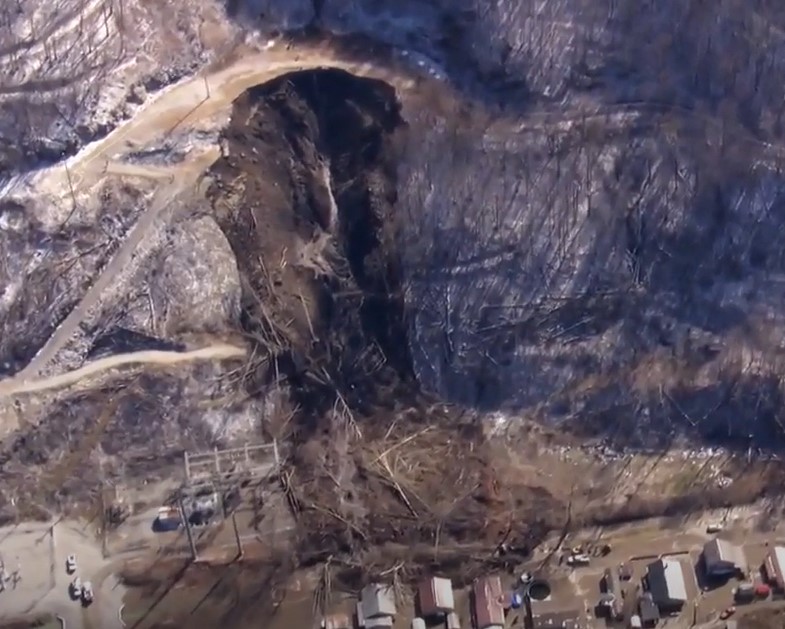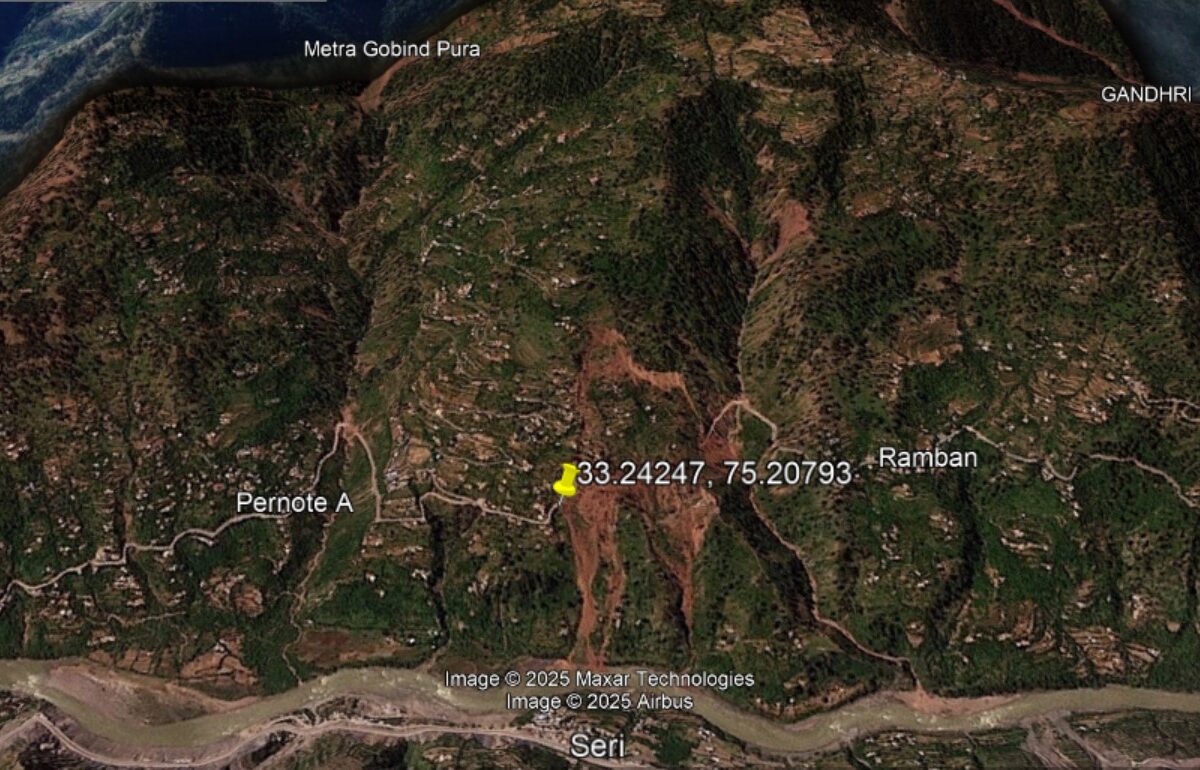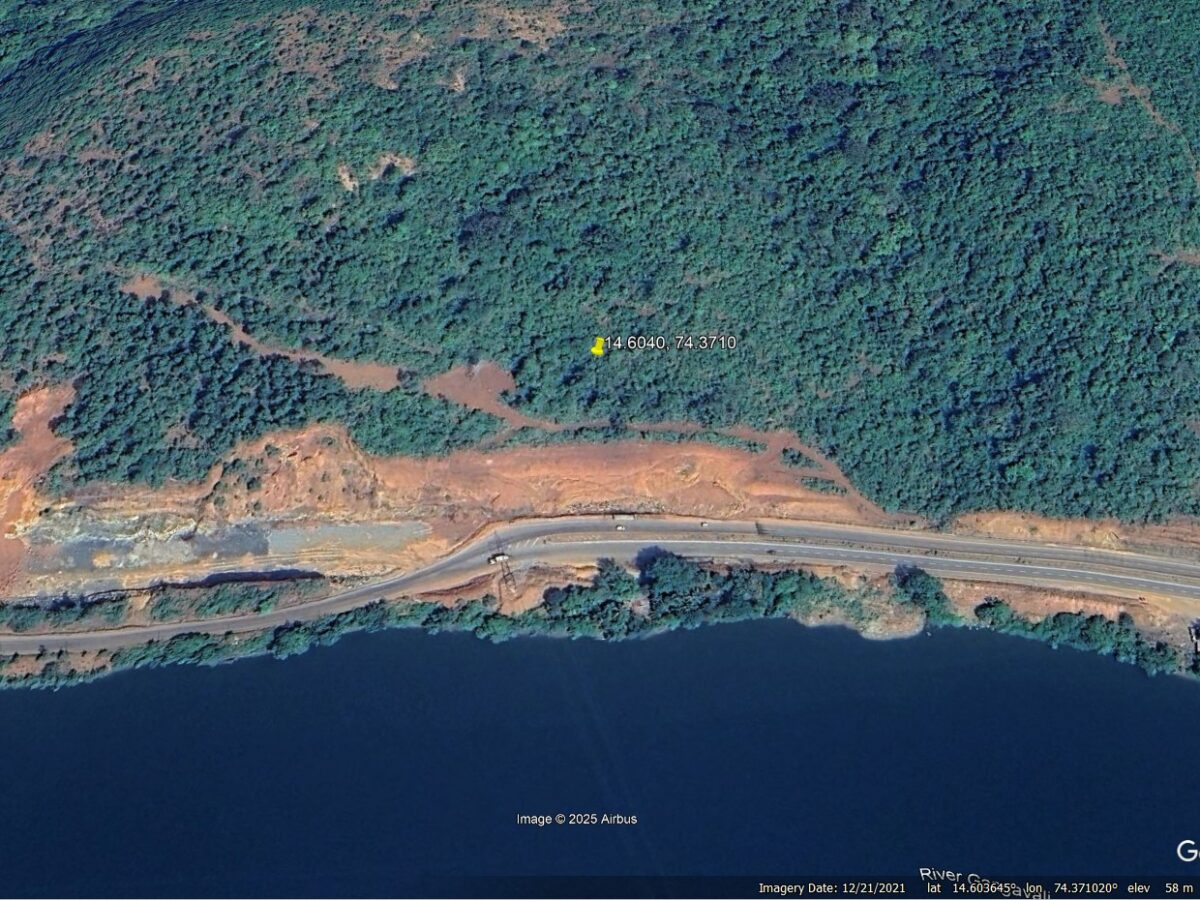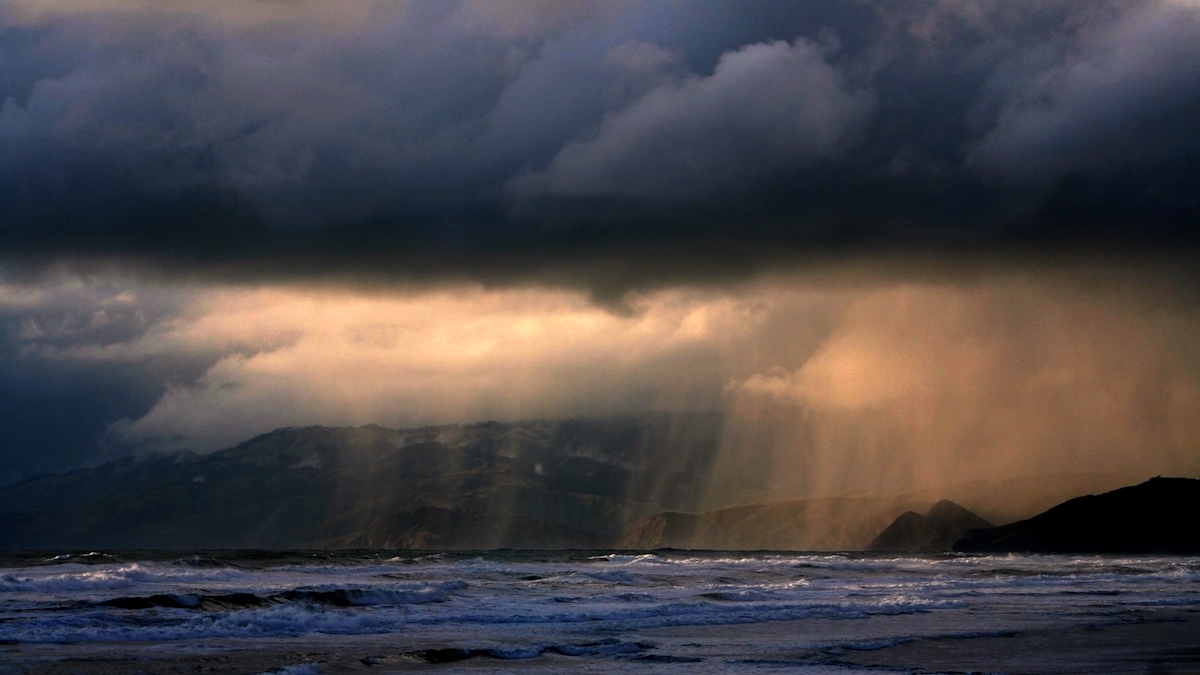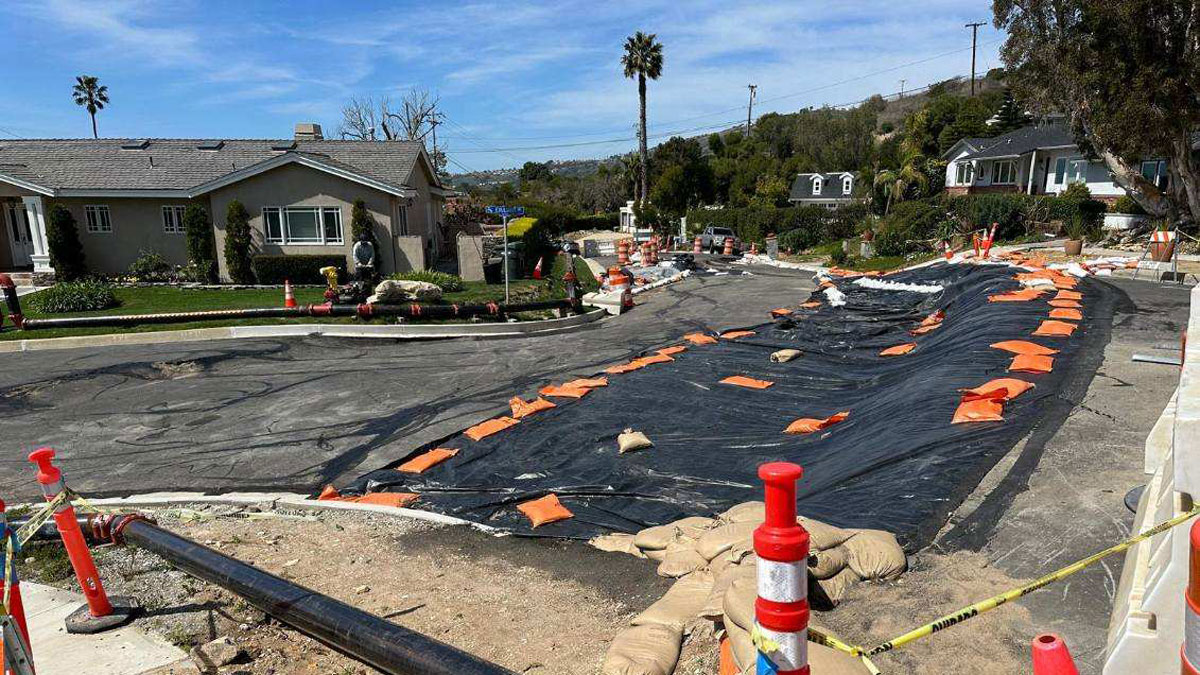The Landslide Blog is written by Dave Petley, who is widely recognized as a world leader in the study and management of landslides. Being based in the UK, it is hard to keep track of the news from the US at the moment, but I watch with horror as the capability of science agencies (e.g. […]
rain
The 25 April 2024 landslide at Pernote in Ramban District, India
The Landslide Blog is written by Dave Petley, who is widely recognized as a world leader in the study and management of landslides. For anyone monitoring global landslides, Ramban District in Jammu and Kashmir, India is a familiar name. Located in a highly tectonically active area of the Himalayas, with a monsoonal climate , steep […]
Panama Canal Logistics Are at the Mercy of Weather and Climate
Regional weather variability and climate change make operating the canal a challenge.
The 16 July 2024 Shirur landslide in India
The Landslide Blog is written by Dave Petley, who is widely recognized as a world leader in the study and management of landslides. On 16 July 2024, the Shirur landslide occurred in Uttara Kannada district, Karnataka, India. The failure left eight people dead or missing, and disrupted a major road (National Highway 66). A useful […]
Climate Change Amplified the Effects of Extreme Rainfall in Nepal
A new study indicates that rapid urbanization and deforestation also contributed to devastation caused by floods and landslides in 2024.
Weather Extremes Influence Human Migration Between Mexico and the United States
Undocumented immigrants from agricultural areas in Mexico are most vulnerable to drought and seasonal weather patterns.
Rainfall Makes the Ocean a Greater Carbon Sink
Rain has so far been ignored in calculations of the ocean’s capacity to take up carbon, but a new estimate shows it enhances the ocean sink by 5%–7%.
Many of the World’s Cities Have Gotten Wetter
Dense populations, aerosols, and cities’ tendency to raise temperatures contribute to higher levels of precipitation in urban areas than surrounding rural areas.
California Wildfires and Weather Are Changing Erosion Patterns
Sediment runoff from the state’s increasingly severe wildfires and heavy rain events may affect ecosystems and water resources downstream.
Rancho Palos Verdes Landslides Have Residents Seeking Science
Residents of Rancho Palos Verdes are looking to the scientific community for help in understanding the slow-moving landslides that are destroying their community.

